An elderly male with acute altered mental status and huge ST Elevation
Dr. Smith's ECG Blog
OCTOBER 12, 2024
A man in his 90s with a history of HTN, CKD, COPD, and OSA presented to the emergency department after being found unresponsive at home. Vital signs were within normal limits on arrival to the Emergency Department. EKG on arrival to the ED is shown below: What do you think? 2017 Sep-Oct;50(5):561-569.

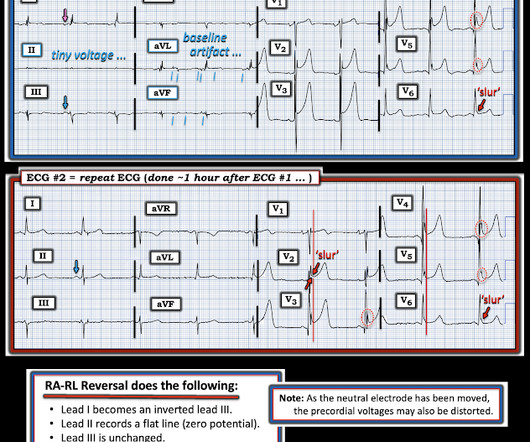



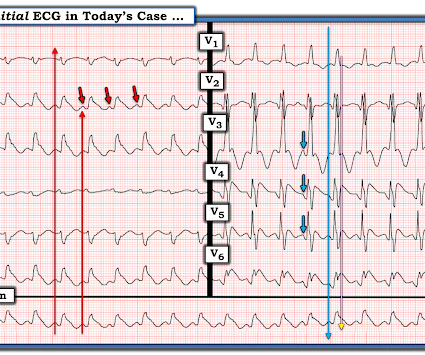
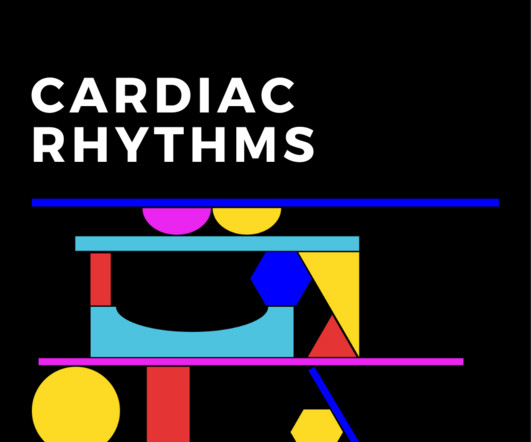








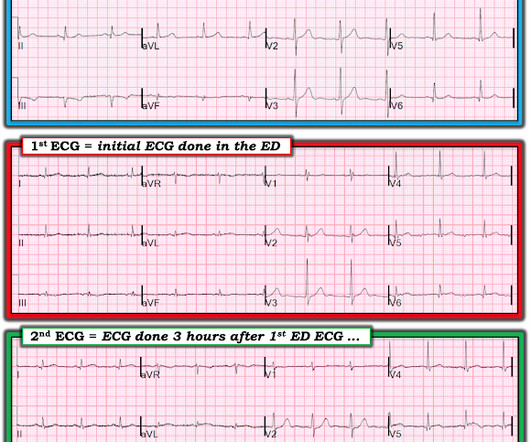



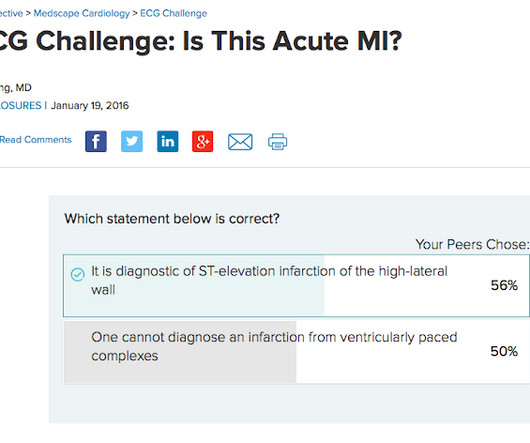



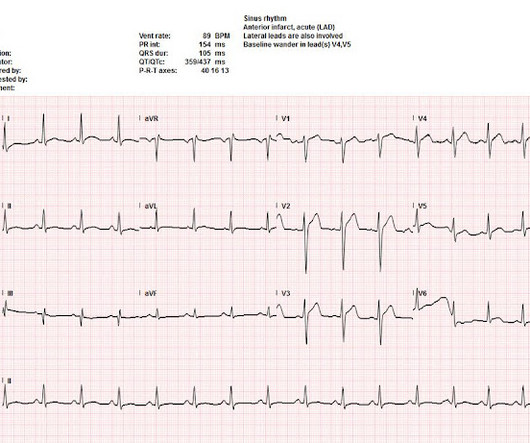












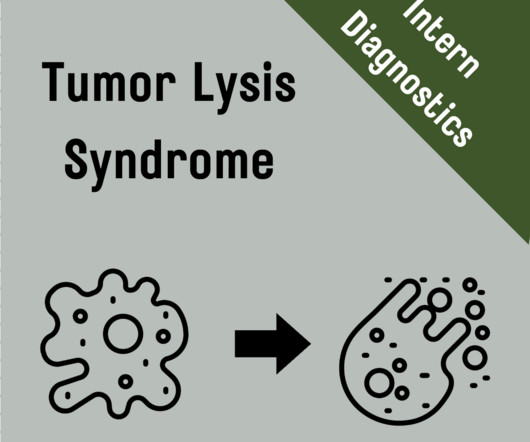






Let's personalize your content